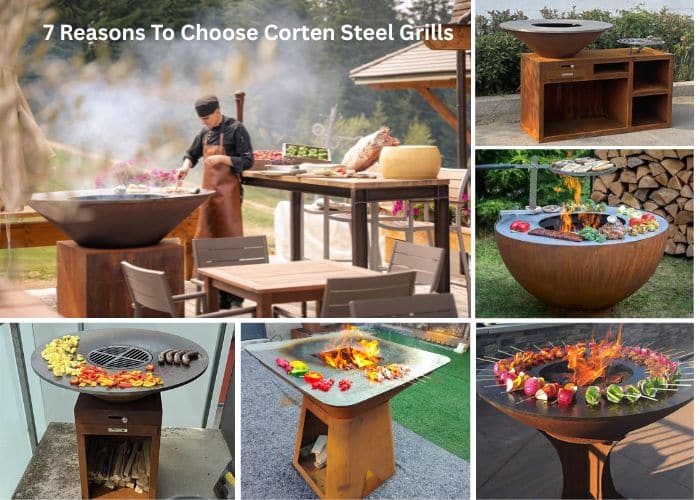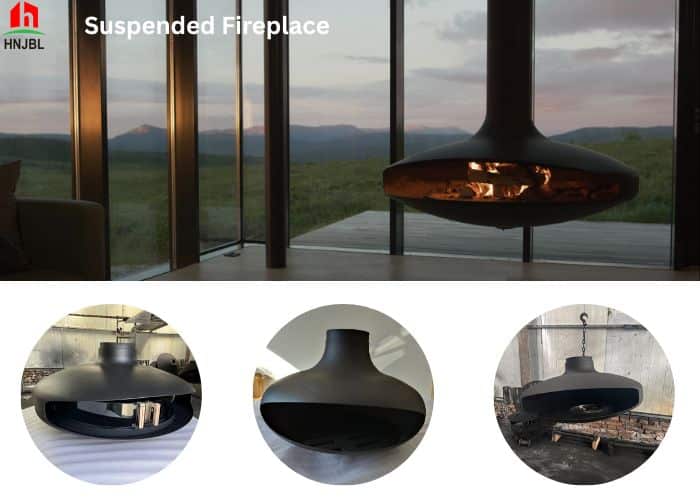
In gardening and landscape design, choosing the right outdoor planter pot is not only about the health of the plants, but also affects the overall aesthetics, durability, and maintenance costs. There are many different materials for flower pots on the market, including ceramic, plastic, wood, metal, concrete, fiberglass, etc., each of which has its own unique advantages and disadvantages. This article will explore the characteristics of various outdoor planter pot materials in detail and analyze which material is the best choice for outdoor flower pots.
Factors To Consider When Choosing Planter Pots:
When choosing flower pots, there are several key factors to consider. The choice of material determines whether the flower pot can withstand the test of the outdoor environment, whether it is conducive to plant growth, and whether it meets the needs of individuals or design projects.
- Durability: Flower pots are exposed to outdoor environments such as sunlight, rain, wind, and temperature changes for a long time, and the durability of different materials varies greatly.
- Aesthetics: Flower pots of different materials will affect the style of the overall landscape design. Choosing the right material can enhance the overall visual coordination.
- Drainage: Whether the flower pot has drainage holes directly affects the growth of plants.
- Cost and Budget: Choosing high-quality materials, although the initial investment is higher, can reduce the cost of replacement and maintenance, thus achieving a higher cost-effectiveness.
- Usage scenario: The use of flower pots is different, and the requirements for materials are also different.
What Are The Common Materials Of Outdoor Flower Pots?
1. Ceramic Flower Pots
Ceramic flower pots are an upgraded version of terracotta flower pots, usually with glaze to enhance durability and beauty. They are available in a variety of colors and designs, so they are deeply loved by decoration enthusiasts. However, ceramic flower pots are as fragile as terracotta flower pots.
2. Wooden Flower Pots
Wooden flower pots have a rustic and natural appearance, which is very suitable for outdoor landscaping. Compared with stone or concrete, they are relatively light and provide good insulation protection for plant roots. However, untreated wood is prone to rotting due to moisture and pests. To extend their service life, wooden flower pots need to be regularly painted, sealed, or selected from rot-resistant wood such as cedar or teak.
3. Plastic Flower Pots
Plastic flower pots are lightweight, easy to carry, and available in a variety of sizes, shapes, and colors. Plastic does not absorb water, so it keeps plants moist longer, reducing the need for frequent watering. However, plastic can become brittle when exposed to sunlight for long periods of time, and lower-quality plastics age faster. In addition, plastic flower pots lack the high-end texture of natural materials in appearance.
4. Fiberglass Flower Pots
Fiberglass flower pots are ideal for large-sized flower pots because they are both durable and lightweight. They can be made into a variety of designs and textures to mimic natural materials such as stone or ceramic. Fiberglass is crack-resistant and does not easily fade, making it ideal for outdoor use. However, high-quality fiberglass flower pots are more expensive.
5. Concrete Flower Pots
Concrete flower pots are extremely strong and stable. They provide good insulation for plant roots and can withstand extreme weather conditions. However, concrete flower pots are heavy and difficult to move once they are in place. In addition, concrete flower pots may develop cracks over time if not properly treated.
6. Metal Flower Pots (Corten Steel or Stainless Steel)
Metal flower pots, especially Corten Steel and Stainless Steel, are popular for users who seek high durability and low maintenance. Corten steel forms a stable layer of rust protection, giving it a unique industrial style while preventing further corrosion. It is highly resistant to harsh weather and requires little maintenance. Stainless steel has a sleek, modern look and is resistant to rust and stains.
Why Choose كورتن Steel Flower Pots?
Corten steel can effectively resist the erosion of rain, snow and extreme temperatures by forming a protective layer of rust. Over time, this natural rust forms a dense protective coating, further enhancing the durability of the flower pot, especially suitable for long-term exposure to outdoor humid environments. This natural oxidation process makes the flower pot more durable over time, unlike other materials that will damage or degrade over time. And, as the rust deepens, the weathering steel flower pot takes on a warm reddish-brown color, bringing a natural, rustic beauty to the garden.
What Is The Best Material For Outdoor Planter Pots?
Based on the above content, we can understand that different flower pots have their own advantages and disadvantages. When choosing a flower pot, you can choose the right one according to your own ideas and needs.
In my opinion, if you want a durable, beautiful, low-maintenance planter, take a look at corten steel planters. Corten steel planters are very strong and can bear the weight of large plants without cracking or breaking like ceramic or plastic planters. Corten steel planters will stand the test of time while maintaining their unique and gradually changing appearance.
Our corten steel planters come in a variety of shapes and sizes. Of course, our planters can also be customized. If you want to learn more, please contact us.




